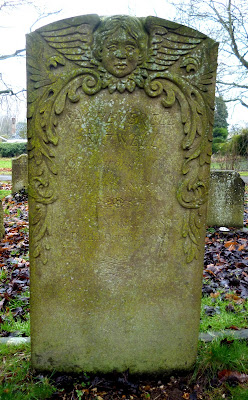This is an example of a book you could read during a coffee break: it ends at page sixty-three, although eight of those pages are taken up by prelims. But this is not a 'quick read', it's a brief book to savour, a work written with love, as it's really an extended obituary, and one that tells us so much about the person who published Beckett, Duras, Claude Simon, Redonnet, NDiaye, and of course Echenoz himself. Mercifully, it's not a hagiography, but simply a portrait of a great publisher by one of his writers.
When the unknown and unpublished Jean Echenoz first met Jérôme Lindon of Les Éditions de Minuit he'd sent his manuscript to a number of publishers, could barely afford to have his manuscripts photocopied so many times, didn't even know if he'd ever write again, and certainly only sent the thing to Minuit as he was beginning to exhaust other sources, so why not send an MS to the distinguished publisher anyway? It's merely making the slush pile higher, after all.
Echenoz was married and living in Montreuil when Lindon (to the astonishment of Echenoz) agreed to publish his novel, which (although the title is unmentioned) was Le Méridion de Greenwich (1979), and Lindon thought his new author would be able to change his Renault 4L on the proceeds, although it didn't pan out that way: the book was a failure and only sold several hundred copies.
Then there's the anguish of the second novel, which Echenoz works on but Lindon strongly dislikes. All the same, he's possessive about his writers and doesn't want 'his' author to sell the second novel (eventually to be Cherokee (1983)) to another publisher. (Which makes me wonder about Lindon's refusal to publish Marie NDiaye's second novel, Comédie classique, published by P.O.L. (1987): how did NDiaye (and Lindon of course) see things?)
Anyway, this is is very much Jérôme Lindon's story: his mania over names (like initially wanting to change Echenoz's not-very-euphonious one, his dislike of the word 'usage' and Cherokee, etc.), his frequent phone calls (sometimes when Echenoz was still in bed), his fears that Echenoz would be another (forgotten and non-producing, that is) Tony Duvert, his honesty (Echenoz wasn't a Duras, but all the same his tiny book L'Occupation des sols (1988) followed Duras's tiny La Pute de la côte normande (1986)), and so on.
Unless Echenoz is exaggerating, his modesty and his essential shyness come over very strongly – his initial fear of Lindon, of Robbe-Grillet, and naturally the great Samuel Beckett. But most of all, of course, Lindon's humanity as well as his slight eccentricity shine through. A delightful little book.
Lindon's grave, close to Samuel Beckett's, in Montparnasse:
My other Jean Echenoz posts:
–––––––––––––––––––––––––––––––––––
Jean Echenoz: Lac | Chopin's Move
Jean Echenoz: Je m'en vais | I'm Off | I'm Gone
Jean Echenoz: Je m'en vais | I'm Off | I'm Gone (revisited)
Jean Echenoz: Ravel
Jean Echenoz: Courir | Running
Jean Echenoz: 14




















